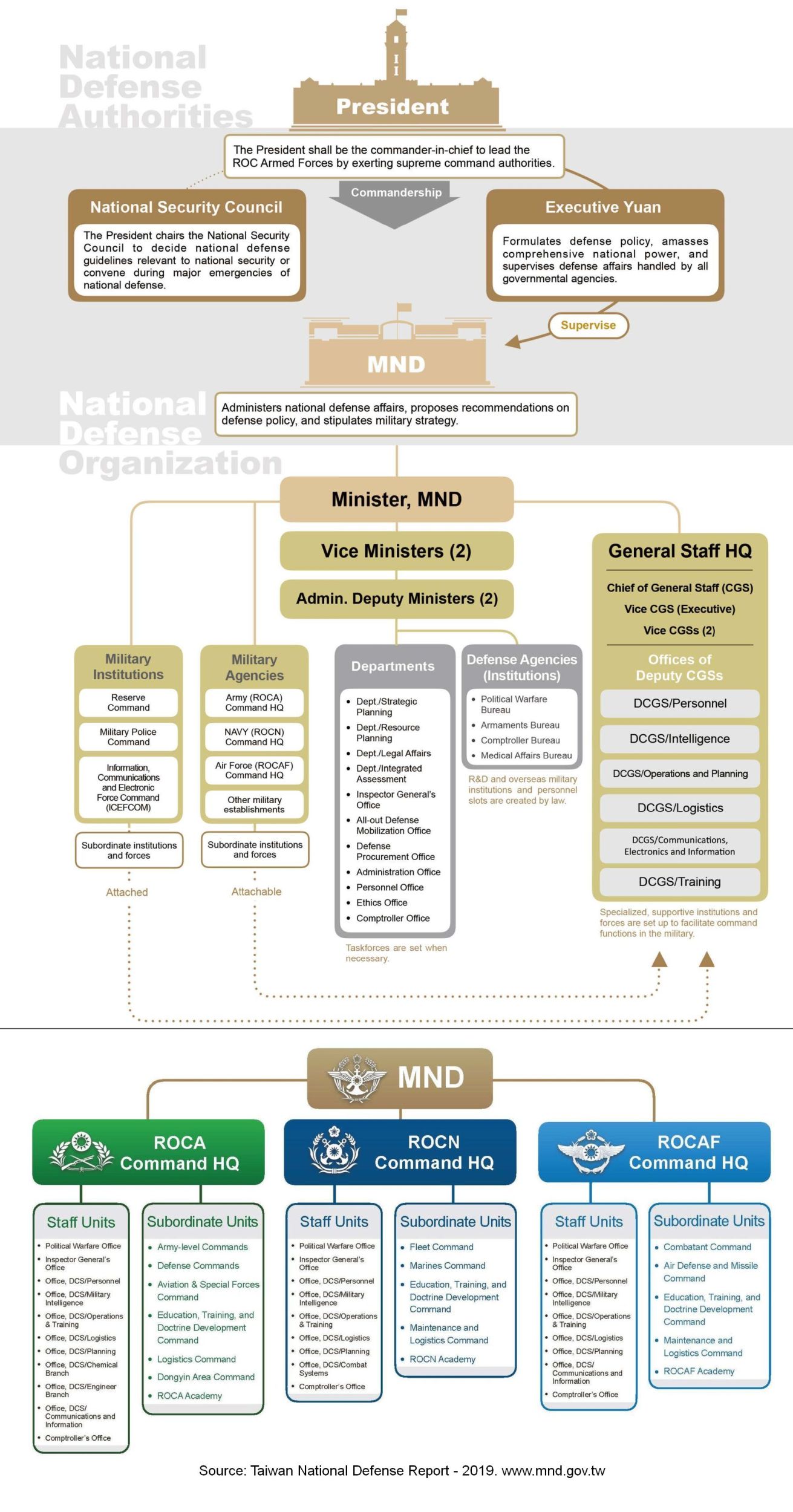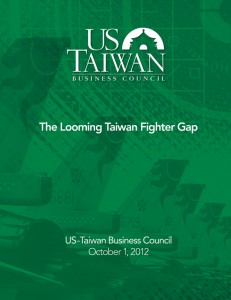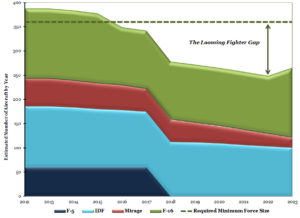Press Release:
The US-Taiwan Business Council Comments on the Proposed Foreign Military Sales of Aircraft Spare Parts to Taiwan
(Arlington, Virginia, December 7, 2022)
The US-Taiwan Business Council today welcomed the announcement of two possible Foreign Military Sales (FMS) to Taiwan, supplying aircraft standard and nonstandard spare parts and related equipment at an estimated total cost of US$428 million. The Defense Security Cooperation Agency (DSCA) delivered the required certifications notifying Congress of the proposed Taiwan arms sales on December 6, 2022.
The published Congressional Notifications (transmittal numbers 22-55 and 22-56) are for the expansion of the Cooperative Logistics Supply Support Arrangement for stock replenishment supply of aircraft standard and non-standard spare parts and related equipment. These two notifications include consumables, accessories, and repair and replacement support for the F-16, C-130, Indigenous Defense Fighter (IDF), and all other Taiwan aircraft and systems or subsystems of U.S. origin, as well as other related elements of logistics and program support.
Council President Rupert Hammond-Chambers commented on today’s sale, “We welcome the news that the U.S. government continues to support the sustainment of Taiwan’s air power. A modern, well-equipped air force is required to handle an all-phases approach to Taiwan’s national defense. That includes the parts and sustainability required to maintain operational rates commensurate with the threat from China’s People’s Liberation Army Air Force.
The PLAAF’s grey zone activities represent a daily challenge to Taiwan’s sovereignty and national integrity. The upgrade program for Taiwan’s legacy F-16s is proceeding well, and in 2023 we can expect to see the first of Taiwan’s new F-16s start to arrive on the island. By 2026, Taiwan will have the largest and most modern fleet of F-16s in the Asia-Pacific – a capability well worth the investment and support. This too is true for Taiwan’s fleet of C-130s required for logistical support. Taiwan’s budget priorities should continue to ensure that its legacy equipment is well maintained, including through the procurement of parts.”
Hammond-Chambers added, “USTBC has been consistent in noting that the Biden Administration is focused on munitions and sustainment, and these congressional notifications are part of those types of programs. As we move into 2023, we can expect more arms sales in these two areas.”
Source: See the DSCA website at https://www.dsca.mil/press-media/major-arms-sales
Additional Data:
For more details on Taiwan arms sales, please visit our dedicated defense website at www.ustaiwandefense.com. The post “Taiwan Arms Sales Notified to Congress 1990-2022” contains charts showing a summary of arms sales data by year, along with a link to the raw data compiled by the Council from DSCA and other sources.




